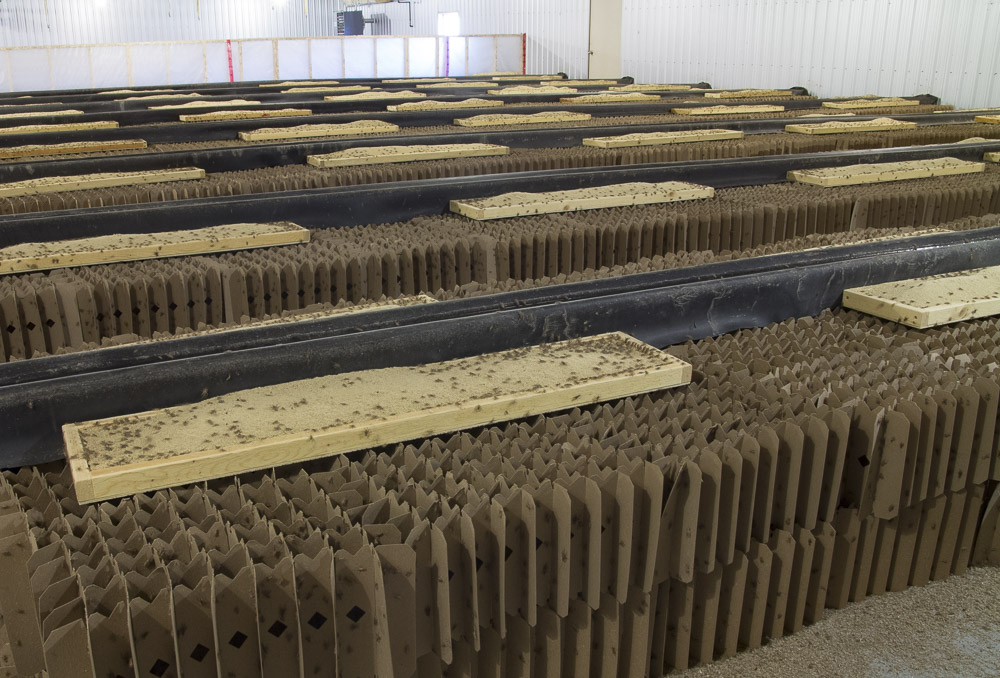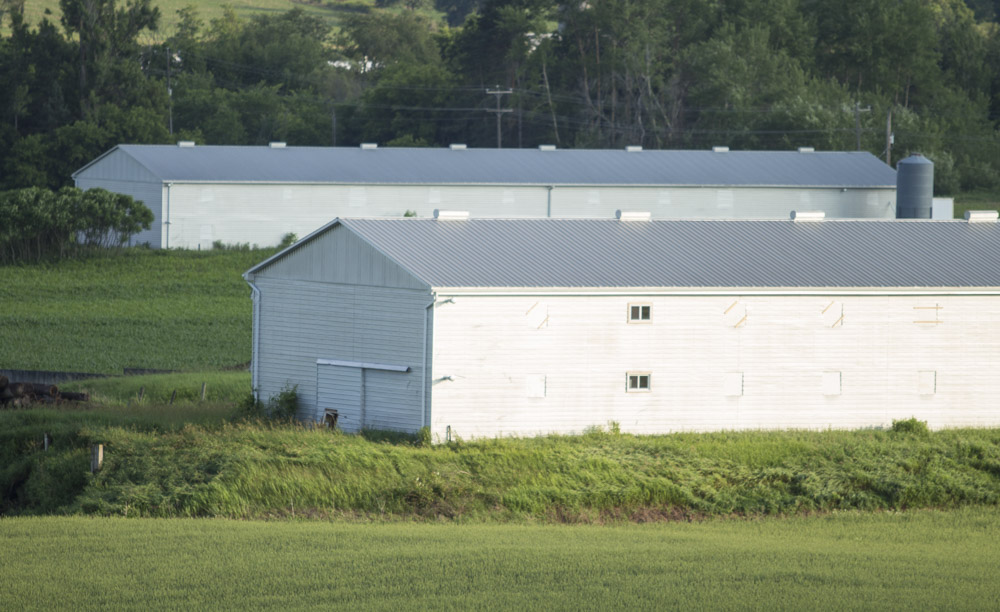 Interview to Jarrod Goldin, Co-founder of Entomo Farms
Interview to Jarrod Goldin, Co-founder of Entomo Farms
Yours is a family business. What inspired you and made you start this very particular activity?
My two brothers, Darren and Ryan, have been farming insects for the reptile trade for 10 years; I was a chiropractor with a big interest in health. I’ve also always wanted to work with my brothers: we are very close and I wanted to do something with them. So when the FAO document came out, and we saw Chapul at Shark Tank with its insect protein bar, I called my brothers and said: “I have an idea: we can be the first human grade insect farm.” They had the experience and the good manufacturing practice. So we raised $50000 and started our business with an insect farm of 5000 square feet (460m2). Now we have a 60000 square feet (5600 m2) farm and a 3000 Square Feet (280m2) facility where we process the crickets and make the powder.
We wanted to make an impact on the planet, on human health, on access to food, and to make protein sustainable and available to everybody.
What are the products that you provide, and what is your annual production?
Our core product is cricket flour. The second is mealworm flour, and then we sell waxworms, hornworms (the tomato worms) and superworms. The conversion from raw material to powder is 4:1. We produce from 12000 to 15000 pounds (5400 – 6800 Kg) of cricket powder per month. I don’t have the exact numbers for the mealworm powder production, but it’s ramping up.
How did you choose the species to farm?
This is an excellent question. There is a pandemic cricket virus that travels the world and seems to cycle through the farms, so we chose the strongest cricket species, the least susceptible to diseases. We used to farm the Acheta species, but 6 years ago, when we were still Reptile Feeders, we got affected by the virus and 30 million of our crickets died in 8 hours. That was heart-breaking, it almost destroyed our business, and we had to start all over again. Then we looked to the banded cricket (Gryllodes sigillatus) that seems to be not affected by the virus but is very similar to the Acheta cricket in terms of taste, nutritional values and farming techniques. So the choice was due to risk mitigation and dependency from supply chain. This virus is so catastrophic that can wipe out an Acheta cricket farm, and for the most of the companies it’s not a matter of if but when they will be challenged by it. We haven’t got any problem with the banded cricket so far and we hope it’s a good solution.
So crickets and mealworms are among the most common edible insects.
Then we chose the waxworms because they can be fed with honey, so taking an amazing sweet taste.
Hornworms, we had already expertise on them because we used to farm them for the reptile trade, but they are also delicious for humans, and the same for the superworms which are fattier so they were used already in the feed and pharmacology industry.
Your insect farming techniques are different from the others. Is this more ethical and respectful of the animals? Does it affect the production?
We say that our crickets are raised free range because they are not kept in the traditional boxes, but in what we call Cricket Condos, free to hop from one to another. They are fed with clean running water and non-GMO grain. It is also humane the way we kill them: not that they don’t know, but they are cold blooded so we freeze them until they kind of fall asleep… forever.
We are certified organic under European, American and Canadian certification bodies; we recently got an inspection from Ecocert, which requires very strict criteria, and they were very pleased.
I think this affects the production in a positive way, because if the animals are cleaner and much looked after, the result is a high quality food.
Is it high energy-consuming to farm insects in a cold country such as Canada?
For sure you need to regulate temperature. Canada is very warm from May to September, but then you need to heat during the winter months. There are advantages and disadvantages everywhere. Now, after a few years from the beginning of our activity, we are analysing our energy consumption and our costs.
How do you feed your insects?
With grains fortified with vitamins. We also used fishmeal but it’s not included anymore as it’s not suitable for the organic certification.
What kind of authorizations did you have to obtain in order to farm, process and commercialize insects for human consumption?
Here in Canada, like in the US, insect ingredients are still under the regulation as Novel Food, so for the processing we are subjected to the laws of Food, and our facilities are inspected under those criteria. In spite of the uncertainty in the regulation, the Canadian government has been very supportive.
We had to obtain the importing permit from every single country (Europe, UK, New Zealand, Australia, US, Mexico, Brazil, Costa Rica, South Africa, …).
What would you need to improve your production? Are you collaborating with consultants/research institutions?
Policy could help us providing more specific guidelines in terms of farming and processing.
With the universities we are carrying on research on shelf-life, therapeutic food, food engineering. My emphasis is on the positive effects for our health; I think that the consumption of insects can have amazing, strong impacts on health and they need to be investigated.
What are your activities toward dissemination and people awareness?
We do a lot of education campaigns, documentaries, TV shows, recipes, books, demonstrations in stores and supermarkets.
What is a Geoentomarian?
Many people who turn vegetarian or vegan do it for health reasons, for the animals or for the environment. We coined the word “Geoentomarian” to define those people who include insects in their diet for their health and the health of the planet.






